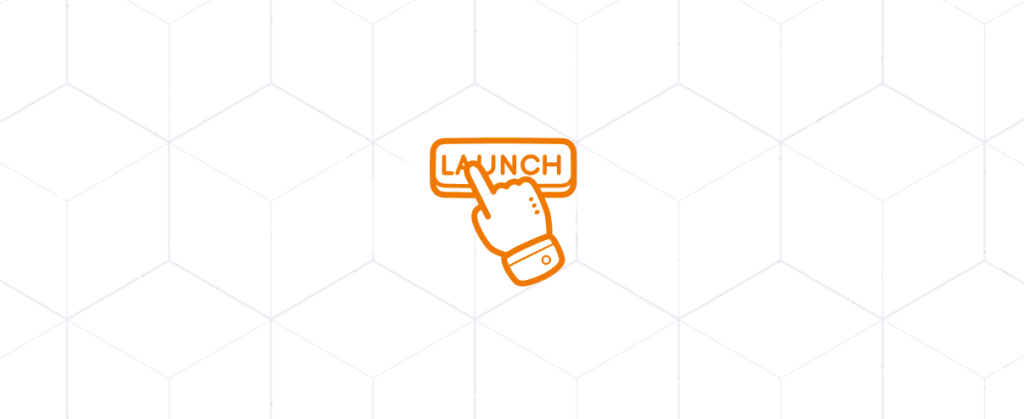
Why Product-Led Growth Startups Are Winning in 2025 (And How You Can Too)
In 2025, startup success isn’t about who can raise the most money or hire the biggest sales team. It’s about who can build the product that users love and get them to stick around.
Welcome to the product-led era.
Today’s smartest founders aren’t betting on cold calls, flashy pitch decks, or complicated funnels. They’re building momentum by building better products faster, leaner, and closer to the user. In fact, over 90% of B2B SaaS companies plan to increase their investment in product-led growth (PLG) this year. And for good reason: it works.
At DataPro, we’ve partnered with dozens of startups and product teams who’ve made PLG their competitive edge. We’ve seen firsthand how product-led thinking accelerates MVP launches, reduces CAC, and drives retention all without needing to scale a massive go-to-market machine.
This article is your practical guide to why product-led startups are thriving in 2025, and how you can follow suit whether you’re still sketching out an idea or gearing up for Series A.
Why Product-Led Growth Works (When Done Right)
1. Product-Led Acquisition Scales with Trust
The biggest myth about PLG? That it’s some shortcut to viral growth. It’s not. PLG is a reward, not a hack. When your product solves a real, painful problem, users will talk about it. Share it. Invite teammates. That’s when growth compounds.
When they don’t? All the freemium offers and smooth sign-up flows in the world won’t help you.
The most successful product-led startups today start with customer obsession. They do the hard discovery work upfront, talking to users, mapping out workflows, validating problems before writing a single line of code.
Once that core need is nailed, everything clicks. Low-friction onboarding helps users reach value faster. Referral loops emerge naturally. And because the product is the front line of acquisition, CAC stays low even as the user base grows.
2. Retention Comes From Core Value, Not Clever UX
PLG isn’t just about the first click. It’s about the fifth visit, the tenth use case, the habit you create.
And that habit doesn’t come from polished UI or clever tooltips, it comes from solving the core problem better than anyone else.
This is where the Minimum Viable Experience (MVE) mindset wins out. Instead of just shipping an MVP to “test demand,” PLG teams focus on a single, high-value user journey. One that users complete, feel relief from, and return to.
You’re not just asking: “Does it work?” You’re asking: “Do they come back, unprompted?”
That’s the retention flywheel and it’s what separates PLG pretenders from actual product-driven businesses.
3. Self-Serve Doesn’t Mean Hands-Off
By now, most SaaS users expect a self-serve experience. But too many founders interpret that as “users will figure it out.”
That’s a mistake.
Successful product-led startups treat self-serve onboarding like a crafted experience, not a checklist. They design nudges into the journey. They watch where users drop off. They optimize activation like a growth marketer optimizes paid ads.
The goal isn’t “no-touch.” It’s “just enough touch, at just the right time.”
In 2025, this increasingly includes AI-powered onboarding, personalized checklists, contextual assistance, adaptive help flows. Users don’t just learn the product faster, they feel like it’s learning them.
Three PLG Case Studies That Still Inspire in 2025
Zoom: Simplicity Scales
Zoom didn’t grow because of a slick brand or outbound sales team. It grew because it worked. One click. You’re in.
That ease of use made it the go-to solution when remote work exploded. And even now, Zoom’s product simplicity remains a benchmark for PLG done right: fast value, minimal friction, viral distribution.
Slack: From Teams Up
Slack didn’t sell top-down. It landed in teams. Users signed up, tried it, and invited others. Once Slack took root in a single group, it spread.
Its sticky UX, clear value prop (“no more messy email threads”), and deep integrations made it indispensable and let the product itself drive expansion.
Expensify: Painkiller UX
Filing expenses is a universally hated task. Expensify made it effortless. Snap a receipt, get reimbursed. Done.
Their self-serve model wasn’t just about acquisition, it was retention through relief. That clarity of use case helped them win users in droves, one painful expense report at a time.
What’s New in PLG for 2025?
While the core principles of PLG remain, a few key shifts are reshaping the playbook this year:
1. AI Is Supercharging Onboarding
Modern onboarding isn’t static, it adapts to users in real time. AI-powered flows learn from usage patterns to offer hyper-relevant tips, remove friction, and guide users to value faster.
That means higher activation, better retention, and fewer support tickets without adding headcount.
2. Usage-Based Pricing Aligns Revenue With Value
In 2025, flat-rate SaaS is giving way to usage-based pricing. That’s a good thing.
Users now expect to pay in proportion to the value they receive. For startups, that means lower entry friction and a smoother path to expansion. Win-win.
3. PLG Is Moving Upmarket
Even enterprise buyers expect a product-led experience now.
The new model? Start small, land a team, expand with proof. Sales doesn’t go away but it starts with usage, not demos. PLG and sales-led growth aren’t opposites, they’re layered.
How to Start PLG From Day One
Product-led growth isn’t something you bolt on later. The best results come when it’s built into your foundation. Here’s how:
1. Validate the Pain, Not the Idea
If you’re skipping interviews and jumping into development, you’re not product-led—you’re guessing.
Talk to real users. Uncover their workflow. Ask where they struggle. Understand why existing solutions fail.
You don’t need 100 conversations. Ten honest ones are enough to find real signals.
2. Build a Minimum Viable Experience (MVE)
Forget building “just enough” products. Build “just enough” experience.
Focus on one clear outcome your user wants and build toward delivering that as fast as possible. Design around flow, not just features.
And yes, that means investing a little in UX early. A janky product that technically works won’t hold users. A lean but delightful one will.
3. Track What Matters
Vanity metrics are tempting, signups, page views, likes.
But what matters in PLG is:
- Time to Value (TTV): How quickly users reach that first “aha.”
- Retention: Are they coming back?
- Feature adoption: Are they using the part of the product that matters?
These are your early indicators of product-market fit. Optimize for them relentlessly.
4. Build Feedback Into the Product
User feedback shouldn’t wait until your NPS survey three months in.
Start early. Bake in surveys. Use session replays. Watch drop-off. Run weekly user calls if you can.
The faster you turn insight into iteration, the faster you’ll find the version of your product that actually sticks.
Where PLG Goes Wrong (And How to Avoid It)
PLG fails when it’s treated like a shortcut, not a strategy. Common mistakes:
- Overbuilding: Trying to do too much before validating anything.
- Neglecting onboarding: Assuming users will figure it out.
- Ignoring GTM: Thinking PLG means you don’t need marketing or sales.
The truth? PLG works best when combined with thoughtful marketing and smart sales enablement. The product leads, but your team amplifies.
In fact, McKinsey reports that PLG companies often invest more in go-to-market not less. But they do it with tighter feedback loops and clearer messaging, because they’ve already validated what users care about most.
Final Thoughts: In 2025, “Product-Led” Is the Starting Line
Being product-led isn’t an edge anymore, it’s the minimum bar.
If you want to stand out, your product can’t just be usable. It has to be:
- Fast to value
- Sticky enough to retain
- Simple enough to share
The best founders in 2025 are treating their products like growth engines, not just deliverables. And the teams that win aren’t the ones with the most features, they’re the ones with the clearest path to user value.
So if you’re building in this environment, here’s your challenge:
Don’t just make a product people can use.
Make one they’d hate to live without.
About DataPro
At DataPro, we help startups turn bold ideas into high-performing products fast. Whether you need help validating your MVP, embedding AI into your stack, or scaling your product-led growth engine, we bring deep product, engineering, and design expertise to help you ship smarter.
Ready to go product-led the right way?
Let’s talk.
- 12 Courtyard Pl,
Lexington, MA 02420 - (617)319-0174
- corp@dataprocorp.tech
